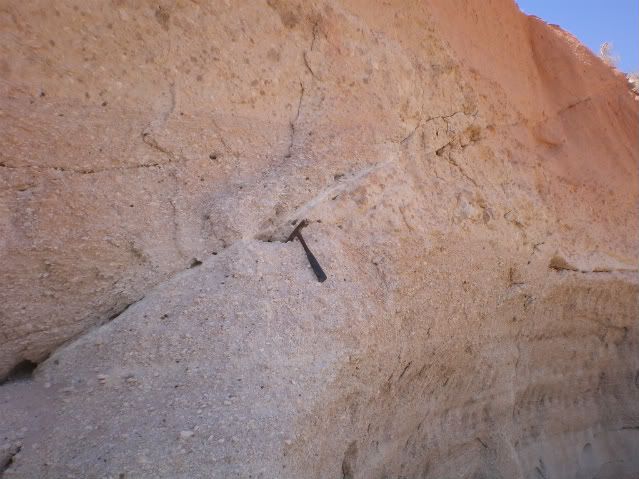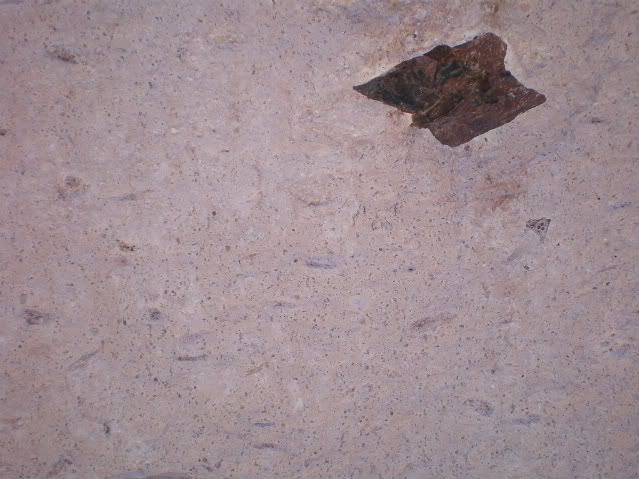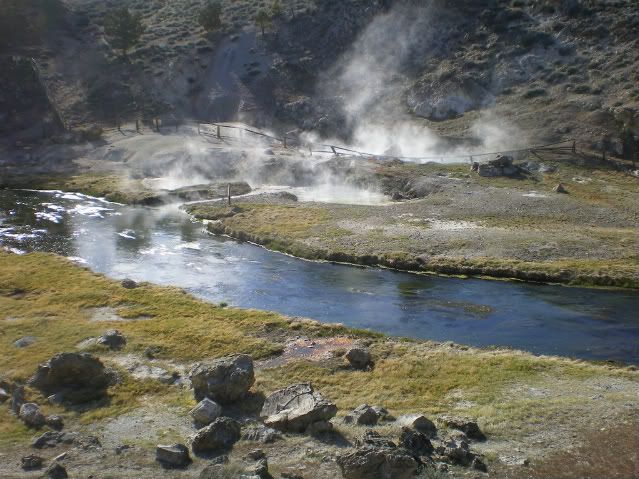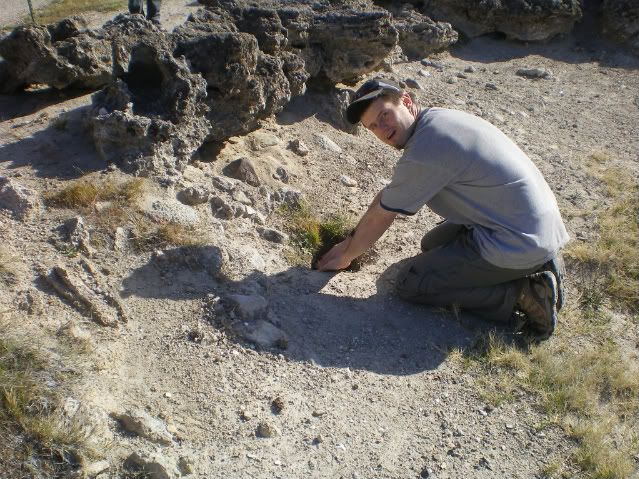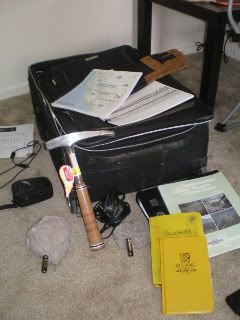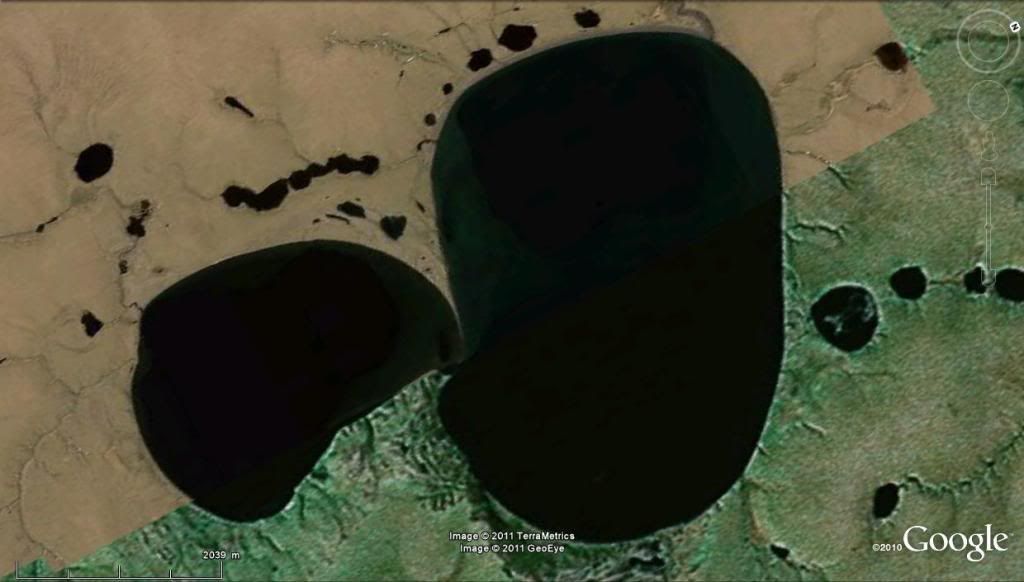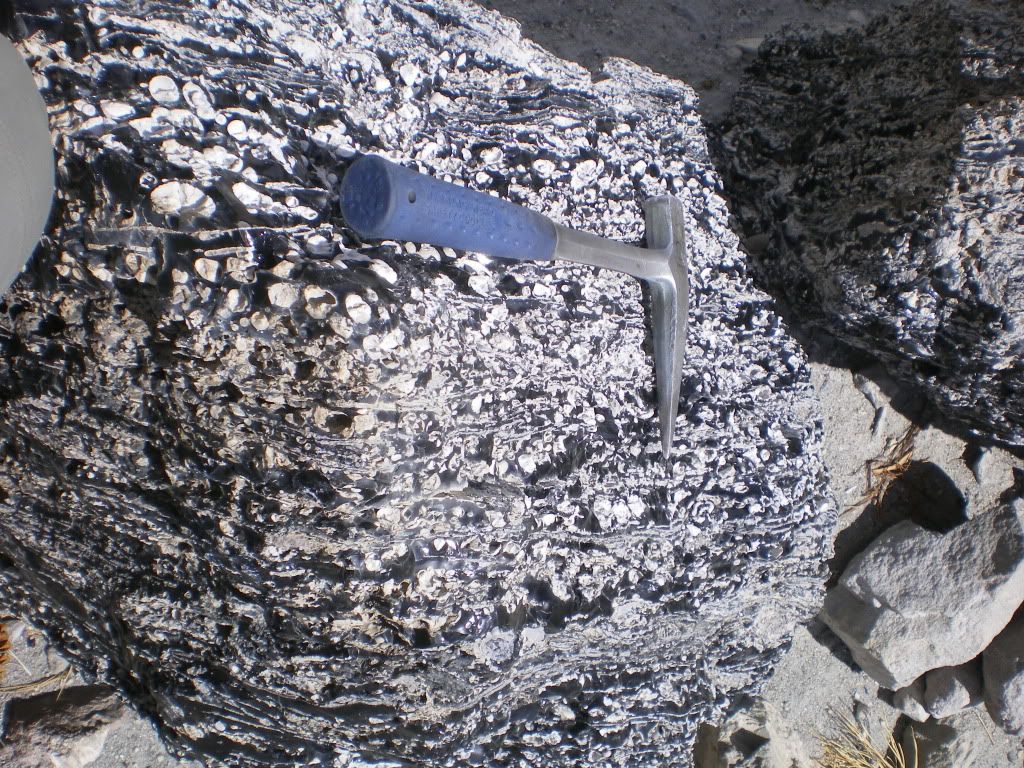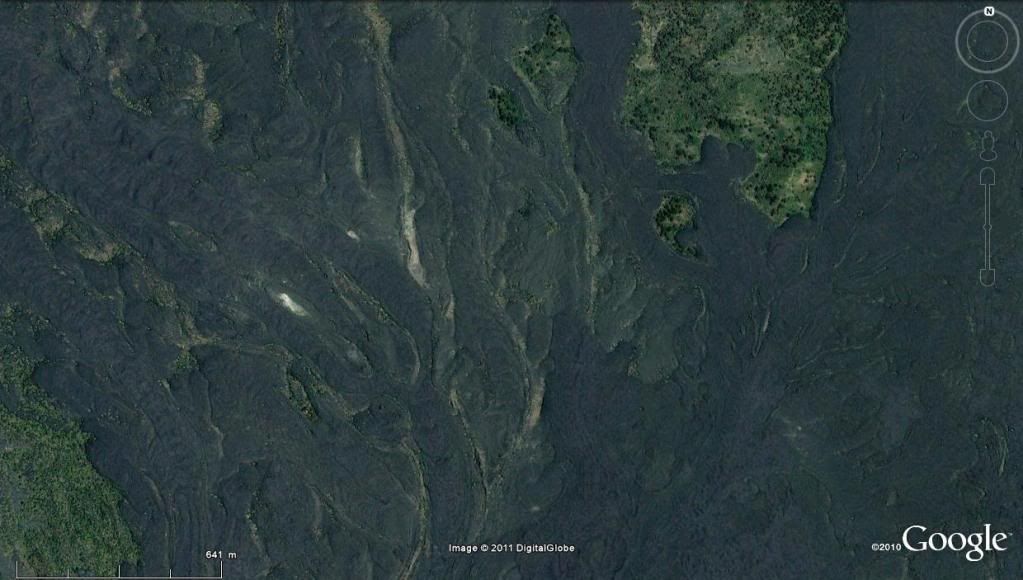I Finally figured out how to embed YouTube clips! The original version only showed complicated html coding, so I deleted that. Now back to the show:
Hello readers!
A short (I have exams to proctor and grade) blog update to post some cool YouTube fottage of Ol Doinyo Lengai in Tanzania Africa and its unique eruptions of caronatite lavas. Whereas 99.9% of of lavas that are issued worldwide is modeled based upon the silica [SiO4] tetrahedra, carbonatite is principally composed of carbonate minerals. Dawson and others (1990) documented abundant phenocrysts of the rare alkali carbonate minerals nyerereite an gregoryite while noting the conspicuous absences of any major silica phase during the November 1998 activity. The temperature of these lavas are quite low during effusion: less than 600°C, (Dawson et al., 1990)!
Hello readers!
A short (I have exams to proctor and grade) blog update to post some cool YouTube fottage of Ol Doinyo Lengai in Tanzania Africa and its unique eruptions of caronatite lavas. Whereas 99.9% of of lavas that are issued worldwide is modeled based upon the silica [SiO4] tetrahedra, carbonatite is principally composed of carbonate minerals. Dawson and others (1990) documented abundant phenocrysts of the rare alkali carbonate minerals nyerereite an gregoryite while noting the conspicuous absences of any major silica phase during the November 1998 activity. The temperature of these lavas are quite low during effusion: less than 600°C, (Dawson et al., 1990)!
Enough of mew talking: click on the film clips below and try to convince yourself that you are seeing competent lavas and NOT muds oozing, flowing or burping out of the volcano!
Small roiling lava pond:
Carbonatite lava channel:
Carbonatite spattering:
Reference:



